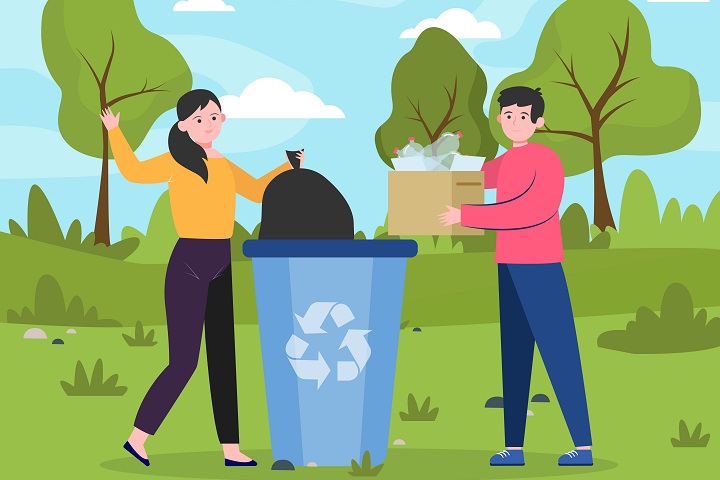IC Corporation is committed to creating and establishing effective systems and structures for garbage collection. For this reason, it executes sustainable solid waste management programs for collection, disposal, recycling, reuse and reduction of waste. For example, the knowledge and tools of the
corporation are put at the service of the installation and maintenance of incinerators for the proper management of solid waste.
No one can ignore that more than 50% of the world’s population does not have access to regular garbage collection services and it is urgent to provide effective solutions that do not harm the environment. In this regard, Illjasz-Vasquez, the Senior Director of the World Bank Group’s Department of Social, Urban, Rural Development and Resilience World Practice, warns: “By not having good solid waste management systems, you cannot build a city sustainable nor habitable. It’s not just about technical solutions. There are climate, health and safety impacts, as well as important social considerations; from the inclusion of informal waste pickers, to the change in behavior patterns ”.

In this sense, the task of mitigating the impact of large amounts of garbage and its subsequent treatment is everyone’s responsibility: governments, non-governmental organizations, private companies and citizens. Currently countries like Norway pile up and transport tons of garbage piled up to landfills where everything recyclable is recovered and the waste falls into an incinerator at 850 degrees Celsius, becoming a cheaper fuel.
What happens is that the combustion and heat generated by the incinerator boil the water and the steam produced drives a turbine that generates electricity. Similarly, boiling water is channeled to houses and public schools in Oslo.
Another clear demonstration of the steps that are being taken in this matter are Spain and Mexico, where in some regions Urban Solid Waste is subjected to an anaerobic environment capable of emitting methane gas as a result of the decomposition of organic matter. This biogas is conducted through a special pipe system to a bioenergy plant where It is used to give movement to a set of turbines that generate electrical energy, which is used to feed the public lighting network.
One kilogram of organic waste can produce half a kilogram of fuel.

To the detractors of burning garbage, it is important to point out that if the process is carried out in a controlled way and in order to obtain energy, incinerators reduce greenhouse emissions and are not environmentally harmful compared to landfills. The goal is one: energy recovery, transforming non- recyclable urban waste into electricity, steam or hot water.
Nowadays, garbage has three destinations: open dumpsters (they act as stinking breeding sites for flies and rodents), landfills or incinerators. The latter work best when they have cleaners and filters that remove the poisonous toxins in the smoke.
However, as for large companies, they must take on the challenge of minimizing the production of packaging, especially those made of plastic that do not degrade. For its part, society must be exhorted to change its behaviors in favor of moderating waste, reusing, recycling or composting in order to mitigate the problem of garbage in the world.

IC INTERNATIONAL GROUP
Copyright © 2024. Todos los derechos reservados
to save your favourite homes and more
Log in with emailDon't have an account? Sign up
Enter your email address and we will send you a link to change your password.
to save your favourite homes and more
Sign up with emailAlready have an account? Log in